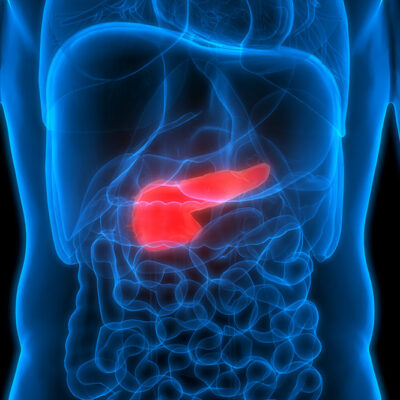
Health
The Best U.S. Cities to Live with Breathing Issues
People moving to a new city consider various parameters to understand the living conditions. Safety, amenities, healthcare, and connectivity are the common parameters people look for. Another critical parameter to consider would be air quality, particularly if they suffer from asthma or allergies or other respiratory conditions (i.e., COPD). Air quality can be understood in terms of the short-term and long-term particle pollutants in the air as well as the ozone pollution levels. Listed below are some cities with the cleanest air. 1. Burlington, Vermont Vermont is known to be ideal for people with respiratory issues. Burlington city in particular has consistently been identified as a location with clean air. In the “State of the Air” 2019 report published by the American Lung Association, this city was one of the top 6 cities rated for cleanest air quality in terms of zero ozone pollution. 2. Bangor, Maine This is another city that made it to the top 6 list in the “State of the Air” 2019 report rating cities with the cleanest air all year-round. Though Maine does not have a very good reputation when it comes to air quality, this city stands out with its excellent forest cover and greenery.
Read More 















